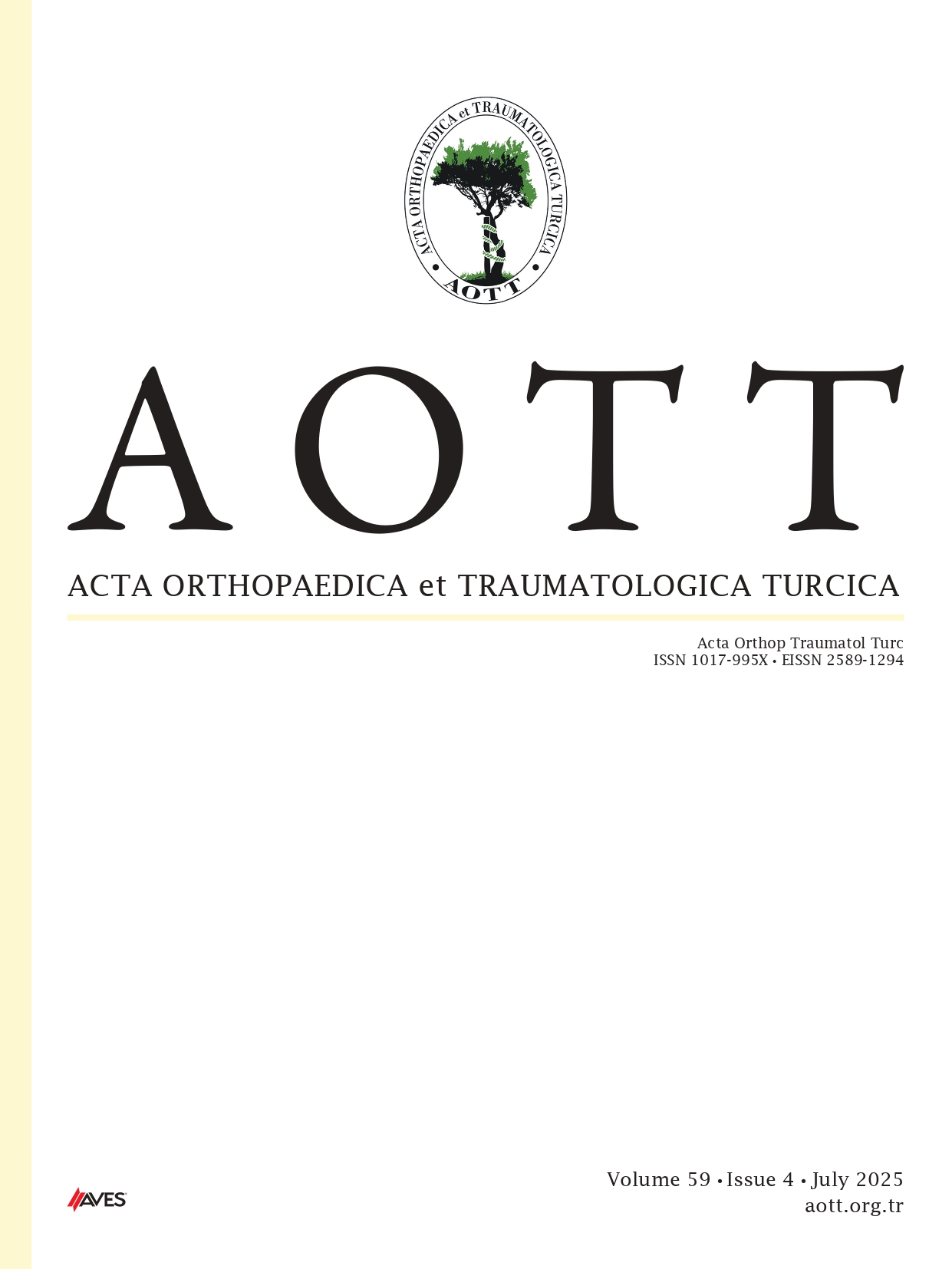Objective: The purpose of this study is to investigate the intrarater and interrater reliability of handheld dynamometer (HHD) measurements in assessing isometric muscle strength of the shoulder abductors and to compare these results with those obtained using a fixed dynamometer (FD).
Methods: The study involved 25 voluntary participants, all over the age of 18, asymptomatic (with no injuries in the upper extremity), and not engaged in overhead sports. The participants were evaluated twice by 2 different testers who were experienced in orthopedic rehabilitation, at 90 degrees of shoulder abduction in the scapular plane. On the first measurement day, Tester 1 performed measurements using both HHD and FD, while on the second measurement day, both testers used only the HHD. A 3- to 7-day interval separated the 2 measurement sessions. Paired-samples t-tests were used to evaluate the systematic bias between the testers. Spearman’s rank correlation coefficient, intraclass correlation coefficient, standard error of measurement, and minimal detectable change were calculated. The statistical significance level was accepted as P < .05.
Results: Data from 22 participants (15 women, 7 men; mean age: 23.00 ± 3.19 years) were analyzed, as 3 individuals did not attend the final assessment. A strong correlation (r =0.772) was found between Tester 1’s HHD measurements and FD, while a similarly strong correlation (r= 0.748) was observed for Tester 2’s HHD measurements. Excellent intrarater reliability (intraclass correlation coefficient [ICC] = 0.941) was found between Tester 1’s measurements, and excellent interrater reliability (ICC = 0.889) was found between testers.
Conclusion: Handheld dynamometer has demonstrated excellent interrater and intrarater reliability and high validity for assessing shoulder abductor muscle strength in research and clinical use. Since the muscle strength of testers using the HHD may influence the results, the FD may be a more appropriate option when the study population is stronger than the testers. Studies involving different clinical populations and testers with varying experience levels are needed to improve the relevance of the results.
Level of Evidence: Level III, Diagnostic Study.
Cite this article as: Atli E, Topaloglu M, Hosbay Z, Ozdincler AR. Measuring shoulder abduction strength using 2 different dynamometers: comprehensive intrarater and interrater reliability and validity. Acta Orthop Traumatol Turc., Published online August 13, 2025. doi:10.5152/j.aott.2025.25299.



.png)
.png)
